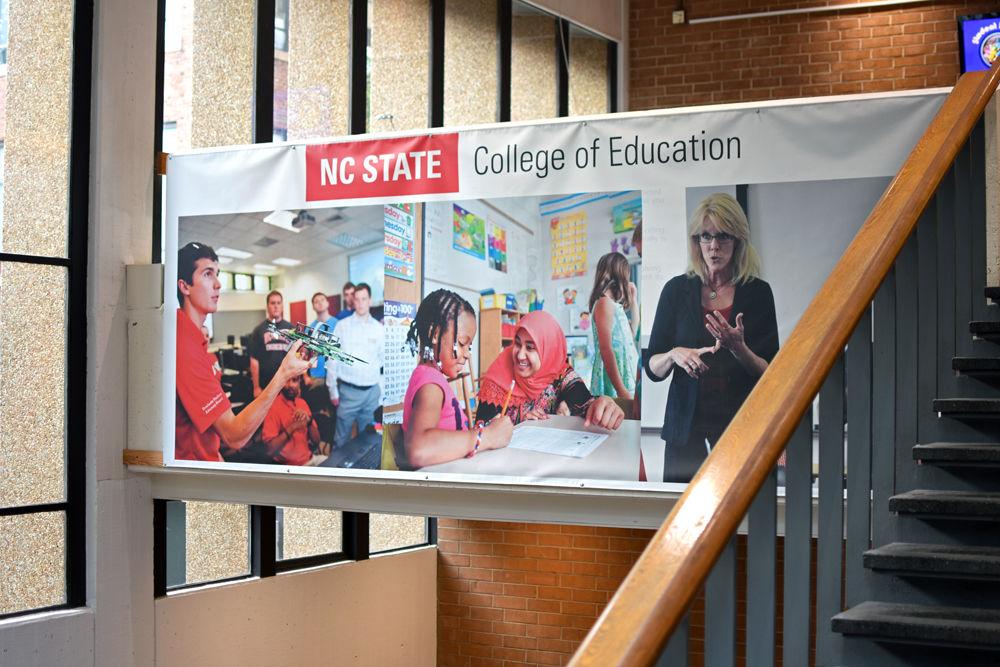Multiple buildings on NC State’s campus are named after people with controversial pasts, and Poe Hall on Stinson Drive is no exception.
According to Brick Layers, a project dedicated to exploring the histories of NC State buildings and structures, Poe Hall was dedicated to Clarence Hamilton Poe, an editor for the Progressive Farmer, a weekly newspaper, and a member of the Board of Trustees Executive Committee for NC State in 1971. Much of his work published in the Progressive Farmer reflected strong racist ideals and was framed around empowering the white farmer.
Jacob Schoen, a second-year studying paper science engineering, said the negative ideologies of namesakes should be acknowledged regardless of the contributions they may have made to the University.
“I feel that even though a namesake may have made contributions, the darker parts of their background should not be overlooked at the same time,” Schoen said.
While he was editor for the Progressive Farmer, Poe wrote an article titled “Which is the Handicapped Race?” In it, he argued that African Americans did not offer any true contributions to the world, and their existence as a whole was an impediment to the white farmer.
Poe’s racist beliefs also stretched into the realm of Black farmers owning land. He believed no one should own land and that it belonged to their white counterparts, pushing for segregation in rural parts of North Carolina. As a result, some white farmers across the state attempted to push Black farmers off of their land even though they were rightful owners. According to the Brick Layers research, multiple individuals were killed as a result.
More information about other buildings’ namesakes question whether or not Poe’s legacy should continue to be associated with the building. In 2020, Josephus Daniel’s name was removed from what is now 111 Lampe Drive for similar reasons. Jordan Scott, an assistant archivist for the Onondaga Historical Association, said it will be interesting to see what the future holds for Poe Hall.
“We created this information for NC State and what they decide to do with it will become a reflection of NC State,” Scott said.
According to the Brick Layers website, Poe served as a member of the North Carolina Child Labor Committee, which developed guidelines for putting children in schools instead of textile mills. He also served on the Board of Trustees Committee, approving facets of the campus’ appearance and hiring faculty.
According to Scott, who helped lead research for the Brick Layers article on Poe, his work was only meant to benefit white people despite his contributions to ending child labor.
“It’s tricky,” Scott said. “You can make a good argument to say that his measures were just for white people.”
John Buchanan, a second-year studying computer engineering, has a class in Poe Hall but was unaware of Poe’s past. Buchanan said having buildings named after controversial historical figures can result in a bad image for the University.
“I honestly had no idea Poe Hall was named after a racist,” Buchanan said. “I feel like as we reform and work towards a more diverse and inclusive community, we should also work towards naming buildings who better represent our goals.”
According to Scott, students should at least be made aware of Poe and the ideologies he supported if the building’s name stays the same, but renaming it is also an option.
“If his name is to remain on the building, there needs to be context of what kind of person he was,” Scott said. “I’m sure there are other names that the University could replace Poe’s with.”













